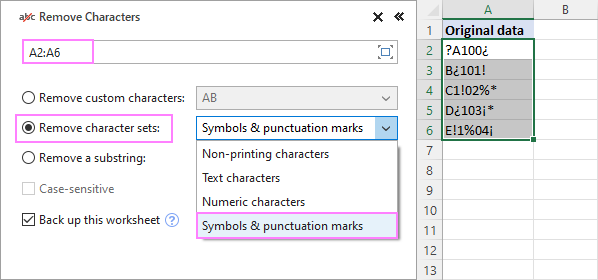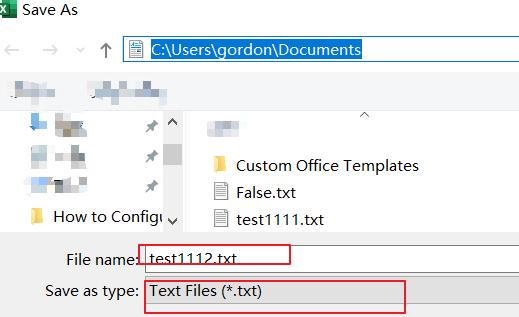

- CLEAN TEXT FILE OF NON NUMBERS HOW TO
- CLEAN TEXT FILE OF NON NUMBERS PLUS
- CLEAN TEXT FILE OF NON NUMBERS DOWNLOAD
Now you will find your numbers back in numeric form.
CLEAN TEXT FILE OF NON NUMBERS HOW TO
How To Remove Data In Excel Spreadsheet? 1: Clear Duplicate Data In Excel

Preview the repaired files and click Save File to save the files at desired location.Select the corrupt Excel file (XLS, XLSX) & click Repair to initiate the repair process.
CLEAN TEXT FILE OF NON NUMBERS DOWNLOAD
Download Excel File Repair Tool rated Excellent by Softpedia, Softonic & CNET.However it appears at least GNU cp defaults to using rule 3 in the same spec, which is truncating the existing file without changing its type. If the seek= expr conversion is not also specified, the output file shall be truncated before the copy begins if an explicit of= file operand is specified, unless conv= notrunc is specified.īy contrast cp /dev/null testFile.txt isn't necessarily portable, since POSIX specifications for cp cover what happens only if source_file is non-regular and when -r/ -R flags are specified (big thanks to Stephen Kitt for pointing this out), but not what happens when -r or -R are omitted, which is the case here.
CLEAN TEXT FILE OF NON NUMBERS PLUS
Big plus of this dd version is that it is POSIXly portable. Small difference here is that dd won't perform any read() at all. For instance this: dd of=testFile.txt count=0 Knowing that, we could in theory use anything that allows us to open a file with O_TRUNC. Next, cp will attempt to read from /dev/null and after reading 0 bytes will simply close both files, thus leaving testFile.txt truncated and contents effectively deleted. This is the same flag with which > operator in shell opens the file on the right of that operator. Why does this work and how does this work ? The testFile.txt will be opened with O_WRONLY|O_TRUNC flags, which means if the file exists - it will be truncated, which means contents discarded and size set to zero. Another approach - cp the /dev/null to the file xieerqi:$ cat testFile.txtįilesystem 1K-blocks Used Available Use% Mounted on


 0 kommentar(er)
0 kommentar(er)
